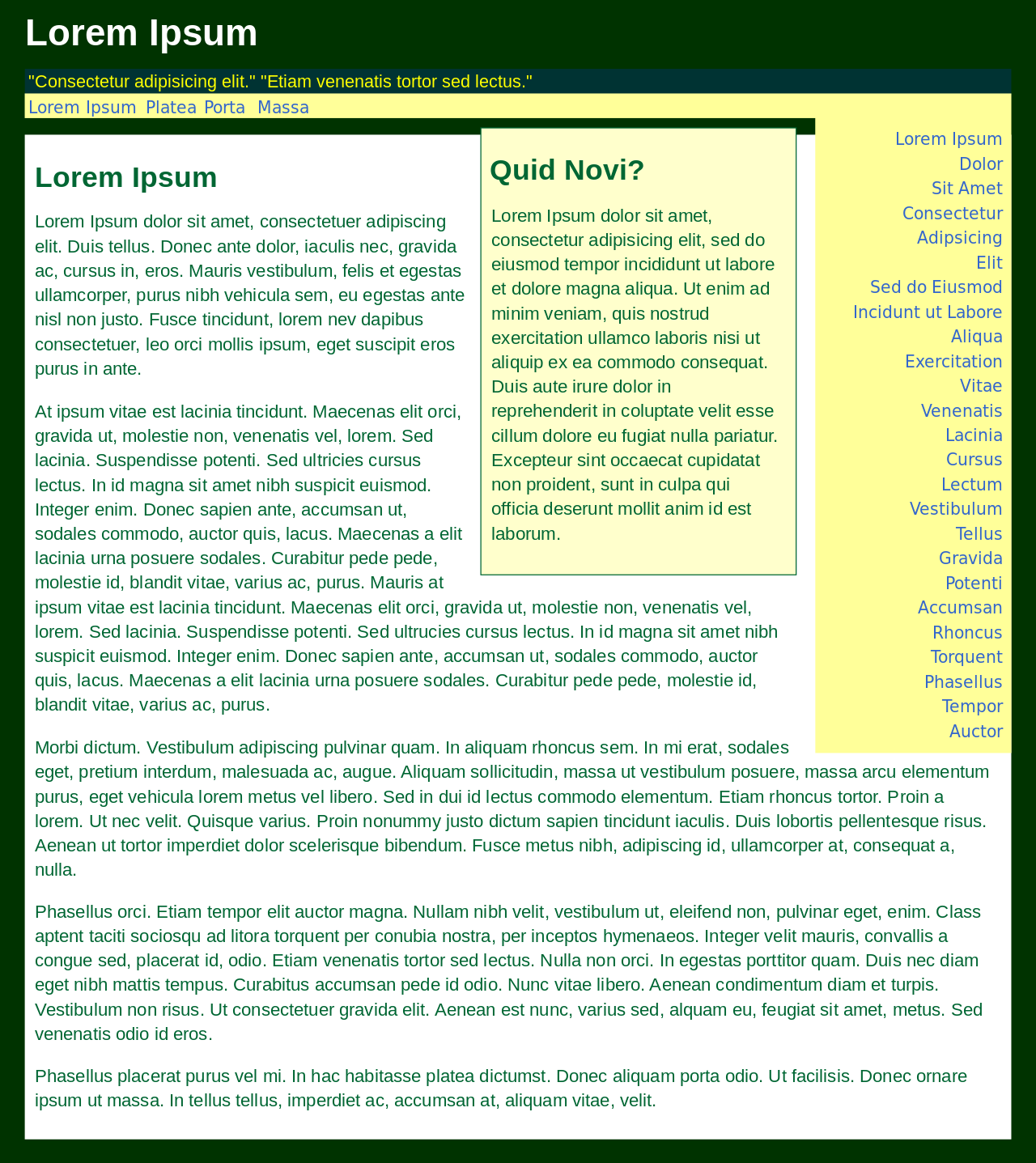

Top 7 Most Common Mistakes That First-Year UX Designers Make
source link: https://uxplanet.org/top-7-most-common-mistakes-that-first-year-ux-designers-make-4981c05ecacf
Go to the source link to view the article. You can view the picture content, updated content and better typesetting reading experience. If the link is broken, please click the button below to view the snapshot at that time.


r EImage by Magnus Andersson
Top 7 Most Common Mistakes That First-Year UX Designers Make
Previously we’ve discussed what it takes to become a UX designer in 2022. Now let’s discuss a few mistakes that first-time UX designers make.
There are certain common UX design mistakes that many first-year UX designers make. Even when UX designers know the theory, it can be hard to apply it in practice. This list includes a list of 7 fundamental mistakes that can make a negative impact on user experience.
1. Not thinking about design holistically
This problem typically happens in large design collectives. The team manager asks a junior UX designer to design new functionality or redesign a part of an existing product. And when UX designers work on that task, they don’t think about how this functionality will be integrated into the whole product. UX designer ignores the role the functionality plays in the user journey. As a result, UX designers often create a design that looks and works fine per se but doesn’t work when it is integrated into a real product.

User journey map: online shopping. Image by edrawsoft
2. Investing too much time in creating pixel-perfect prototypes
It’s worth creating pixel-perfect prototypes at later stages of the product design process (when you have a solid understanding of what you want to build and why). But building pixel-perfect prototypes at the early stages of the design process can be a huge waste of time simply because you likely have a few design iterations before reaching a solution that works well for your audience.
The root of this problem is that designers typically stick to the first idea and work hard to prove that it’s good enough, even after it becomes clear that it isn’t the best solution. Learning to let your idea go and go back to the drawing board is essential.
3. Designing with dummy content
Content is the king. Along with functionality, it’s a reason why people use your product. That’s why when you design a product, you cannot skip content. Of course, using dummy content like “Lorem Ipsum” might be a temporary solution at the early stages of the design process (when you experiment with various types of layouts), but it can never be a complete replacement for real content. That’s why once you have a clear idea of what layout you want to desing, you should always use actual content to validate this layout.

Using Lorem Ipsum in your final design is sin. Image by Wikipedia
4. Lack of communication with teammates
Design is a team sport. It’s rare for a designer to work effectively in a vacuum and create a solid product design alone. Working alone limits your perspective to review design solutions from a different perspective (developer, marketing, etc.). Most of the time, a UX designer is a part of a team that works on a product, and the better the communication in the group established, the better outcome will be.
Don’t aim to do as much work as possible without communicating with your peers. Instead, try to become an integral part of the team that has a shared goal.

Image by Jason Goodman
5. Not listening to the user feedback
Other people will use the products you design. Most of the time, people have certain expectations about your product and how it should look/work. If you don’t consider user feedback, you end up designing a product for yourself, not your users. No need to mention that it rarely ends up well for product success.
This problem has a few different roots:
- Designer’s ego. It can be hard to put personal preferences aside, especially when working on an exciting product. But no matter how much you like your work, if it doesn’t solve users’ problems, it’s a bad product design. UX designers need to remember that they’re not designing for themselves and are not necessarily representative of the user.
- Lack of knowledge about real users. It can be challenging to design for real users if you don’t know your target user and what they need. That’s why it is so important to invest in user research. A rule of thumb is to dedicate 70% of the time to user research & validation and 30% of the time to design.
- Validation is not included in your design process. Designers guess what the design should be like, and this guess is known as a hypothesis that needs to be validated. “Test early, test often” is an integral rule of good design. When we regularly validate a design with our users, we increase the chances of creating a good product.
6. Prioritizing aesthetics over functionality (and vice versa)
Undoubtedly, the aesthetic aspect is essential for product success, but it’s incorrect to make aesthetics a primary design goal.
“Design is not just what it looks and feels like. Design is how it works” (Steve Jobs).
When the functionality of a product is poorly designed, no matter how good the aesthetics is, users won’t have much motivation to use it.
Likewise, too much focus on creating good functionality while forgetting about aesthetics can also harm the user experience. Products that look bad from a visual point of view create a poor impression on users. That is why finding the right balance between functionality and aesthetics is important.
7. Blindly following all the latest trends
Product design is a fast-paced environment in which new trends always emerge. If you blindly introduce the latest trends in your product, you likely create a bad user experience. Thats’ why before you make any changes, you need to evaluate it in the value it brings to your audience.
Weigh the required effort vs. expected reward
If you see that there is no value or the value is minimal (in comparison to the effort required to introduce the change), you can skip the design change. Always collect the data about user expectations to back your point of view and carefully evaluate trends to ensure they will work for your product.
Follow me on Twitter
Recommend
About Joyk
Aggregate valuable and interesting links.
Joyk means Joy of geeK